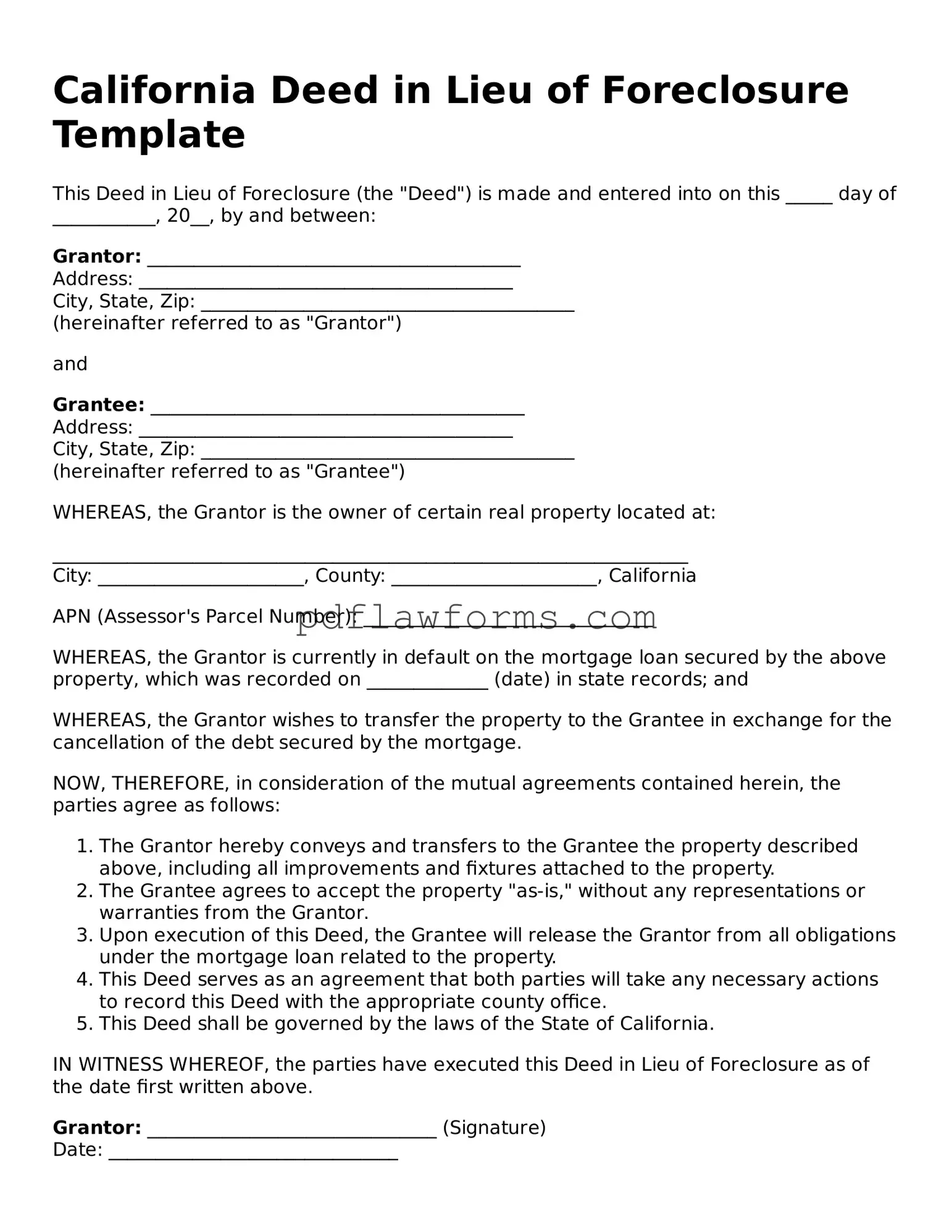Filling out a California Deed form is a critical step in transferring property ownership. However, many individuals make mistakes that can lead to complications in the future. One common error is failing to include the correct legal description of the property. This description must be precise, as it identifies the exact boundaries and location of the property being transferred. Omitting or inaccurately describing this information can result in disputes or even invalidate the deed.
Another frequent mistake is not including all necessary parties in the deed. If there are multiple owners, all must be listed to ensure that the transfer is legally binding. Leaving out a co-owner can lead to legal challenges later, as that individual may claim they were not part of the transaction.
People often overlook the importance of signing the deed in the presence of a notary public. A signature without notarization may not be considered valid. This step is crucial for verifying the identities of the parties involved and ensuring that the deed can be properly recorded.
In addition, individuals sometimes fail to record the deed with the county recorder's office after it has been signed and notarized. Recording the deed is essential for providing public notice of the property transfer. Without this step, the new owner may face difficulties in asserting their rights to the property against third parties.
Another mistake involves not checking for existing liens or encumbrances on the property before completing the deed. If there are outstanding debts or claims against the property, the new owner may inherit these issues. Conducting a thorough title search can prevent unexpected financial burdens.
Lastly, people may neglect to seek legal advice when filling out the deed form. While it is possible to complete the form independently, consulting with a legal professional can help avoid pitfalls and ensure compliance with all applicable laws. Taking this precaution can provide peace of mind and protect one's investment in the property.
